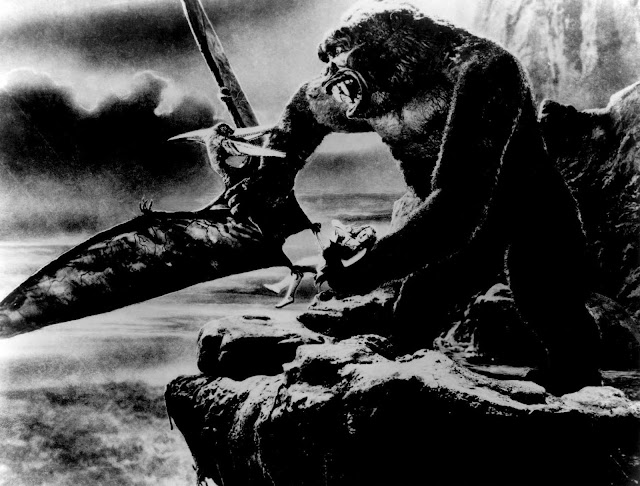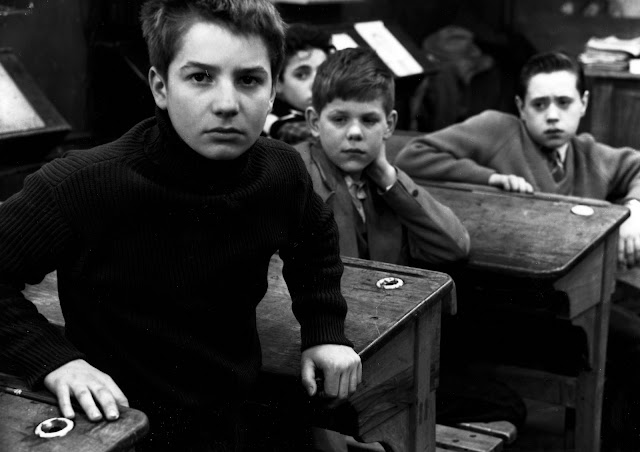The Red Shoes (1948)
Michael Powell & Emeric Pressburger's "The Red Shoes"
After watching the 1948 British film "The Red Shoes," there is absolutely no doubt that it is directing duo Michael Powell and Emeric Pressburger's greatest work. Not only is the film is absolutely gorgeous visual technicolor feat, it also perfectly encapsulates the greatest concerns of the arts and being an artist. Perhaps this is why the film comes across so passionately made, it presumably hits pretty close to the chest.
The film centers on a ballerina named Victoria Page, who aspires to far heights in the ballet world through the assistance of the world-renowned ballet impresario, Boris Lermontov. Boris, who believes that great heights in artistry can be achieved through renouncing all human emotional distractions, attempts to make Victoria the greatest ballet dancer in the world. The only issues comes when she develops a romance with composer Julian Craster, who attempts to wed her and start a family. Torn between her wanting a domestic life with her partner and her desire to become the world's greatest dancer, she throws herself in front of a train, and mirrors the character in her greatest performance from her first lead role in the adaption of Hans Christen Andersen's "The Red Shoes."
The film's main thematic point is that is requires an entire person's soul in order to truly deliver something sustainably great in the world of art. Within the context of the film, it's ballet and music composition. To Powell and Pressburger, it's directing a great film. You can tell that Powell and Pressburger really gave directing this picture everything they have based on the visual scope the film is able to capture. While I was watching, I noticed how every single frame looked like a painting. Every visual composition was intentional. Every color provided a visual layer that could not be ignored. The artistry at play only indicated the level of prowess and dedication by its visual artists.
This is all the more apparent with the film's primary centerpiece: the fantastical, impressionistic, and expressionistic visual rendition of the titular ballet. When Victoria and her company put on the ballet of "The Red Shoes," the lines between fantasy and reality blur, along with the lines between fiction and non-fiction, performance and life, and theater and cinema. Through Powell and Pressburger's direction, you fall into the play and get swept away by the breaking of dimensional barriers that separate the on-stage performance and the thematic narrative of the film. The lines between Victoria's subconscious and the play itself become removed all together. We watch as Victoria becomes her character and connects so vigorously that her subconscious fears visualize themselves before us.
In this way, Powell and Pressburger remove the reality of the scene all together and demonstrate the the viewer the level of truth and reality that exist within the fictitious narrative. Art is life. And if we work hard enough and give ourselves completely to it, we can create something that transcends it own structure and can communicate beauty and truth. To truly communicate this beauty, we must turn ourselves over to it. That is the point of the film and that is what is truly communicated through the 17-minute "The Red Shoes" sequence.
There is so much to study and speculate about this film, but I am just going to leave my impressions of the film at that. "The Red Shoes" represents the zenith of artistic ambition and the levels of commitment required to attain such a feat. In a post-war landscape, art became a prominent outlet to express the suffering of the human soul. And the people that make this art bleed for their work and with their emotional drive and vulnerability, are able to communicate something deeper about the human spirit and its endless quest for perfection and truth.




Comments
Post a Comment